

q-z
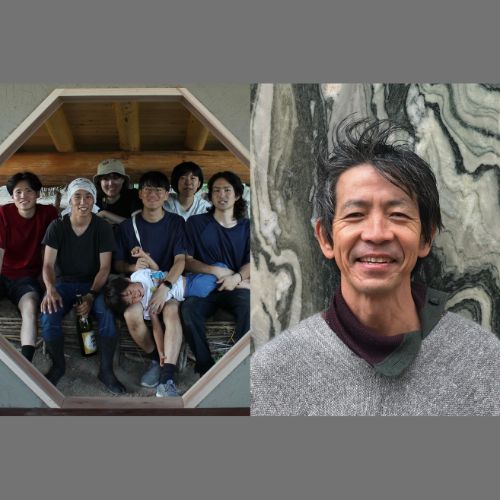
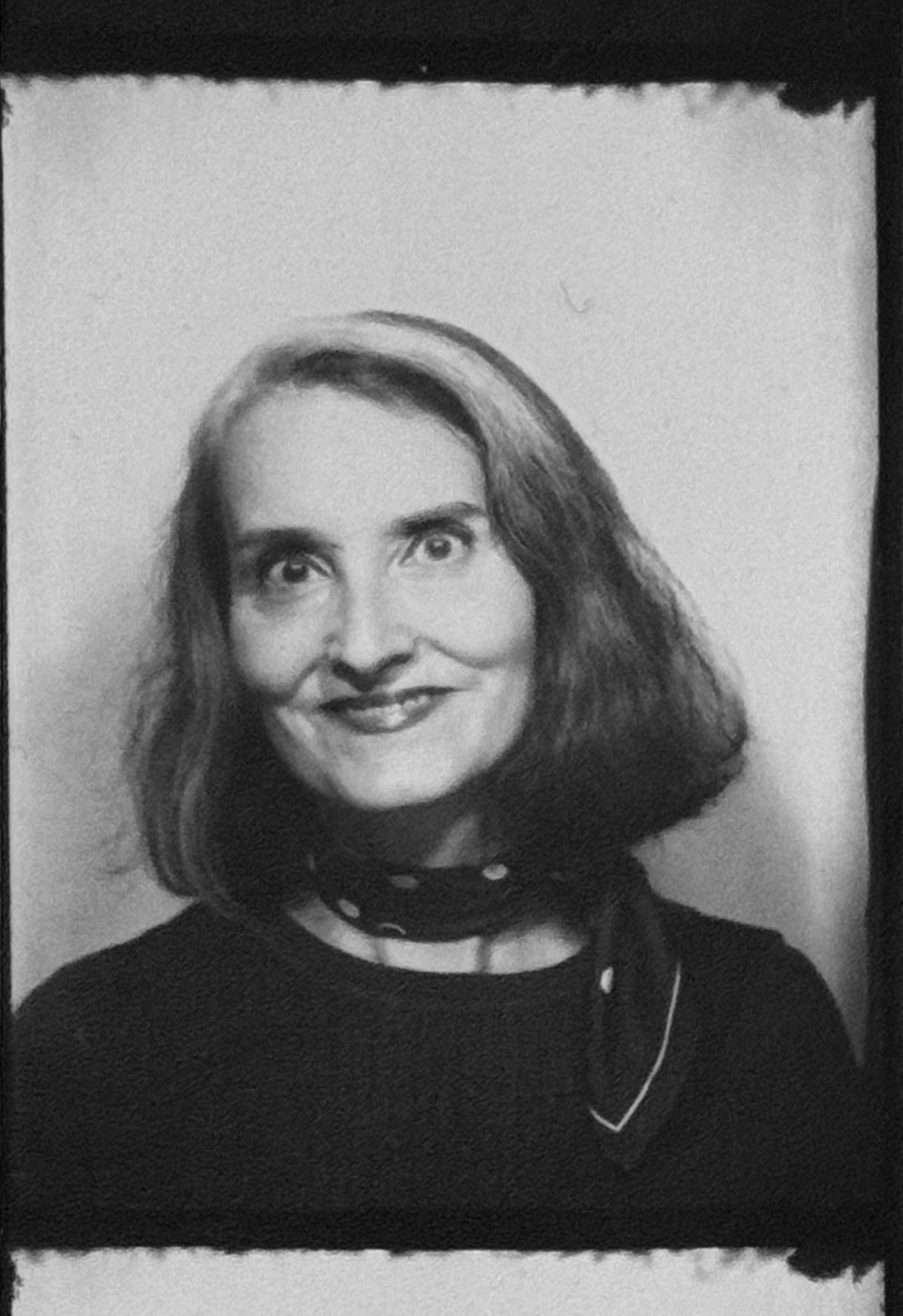
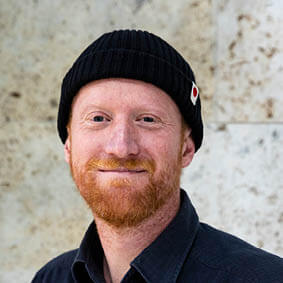
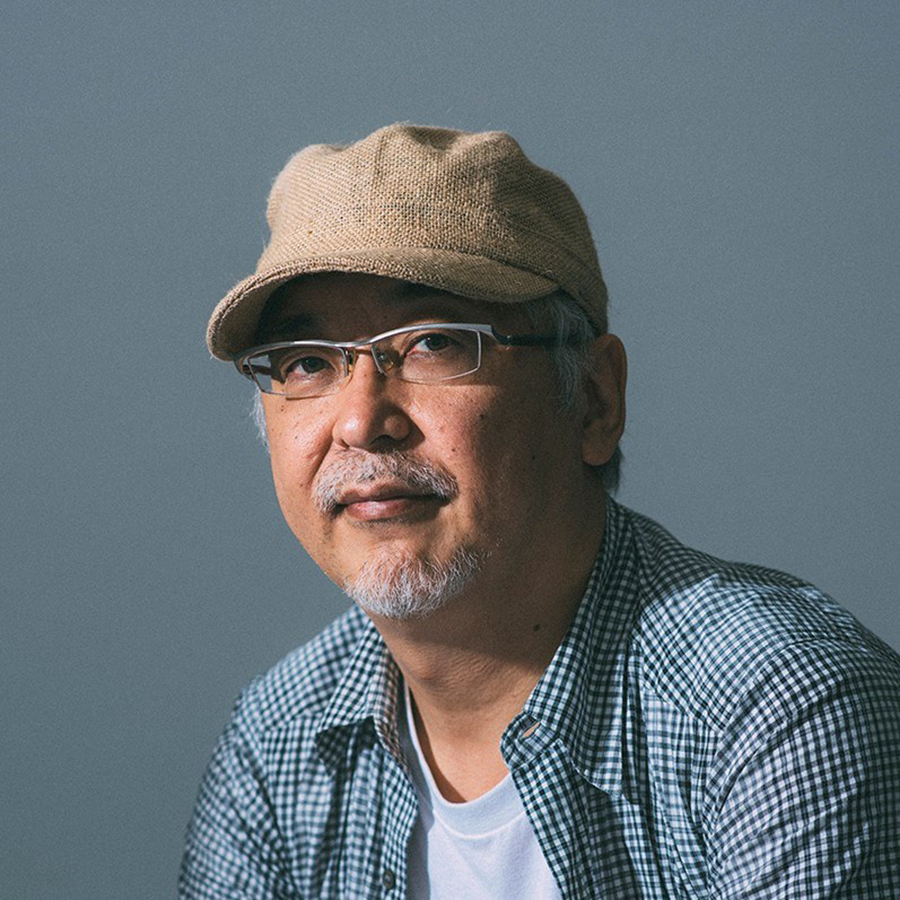
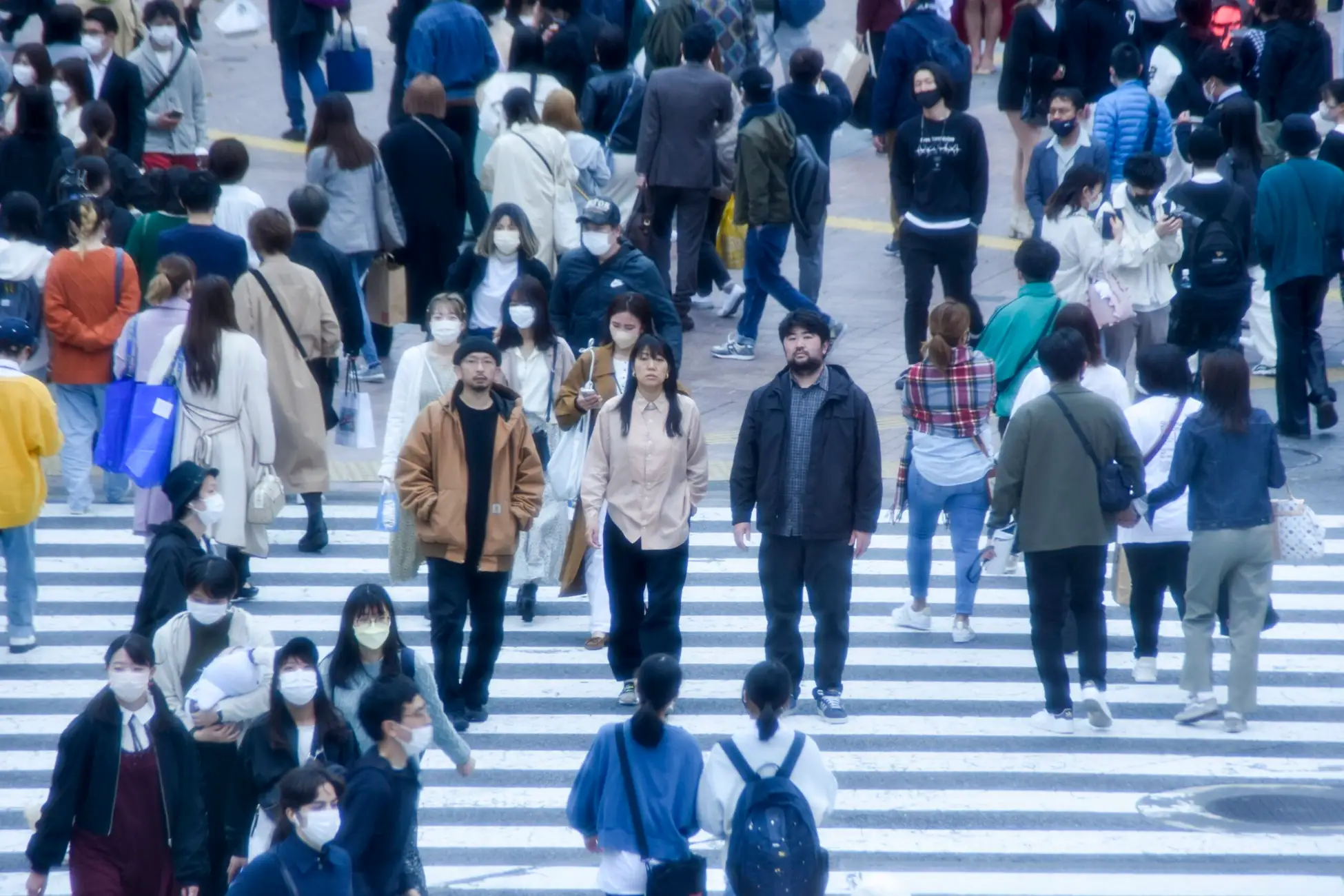
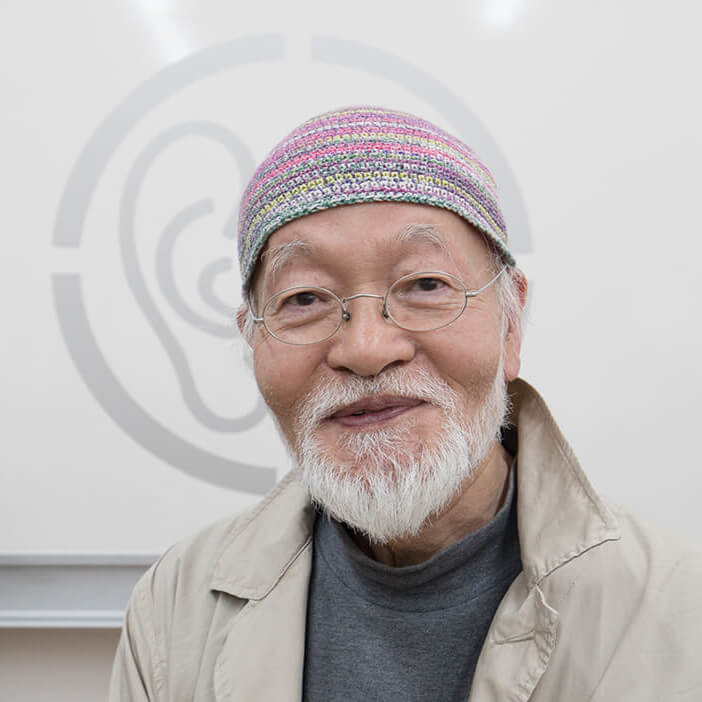
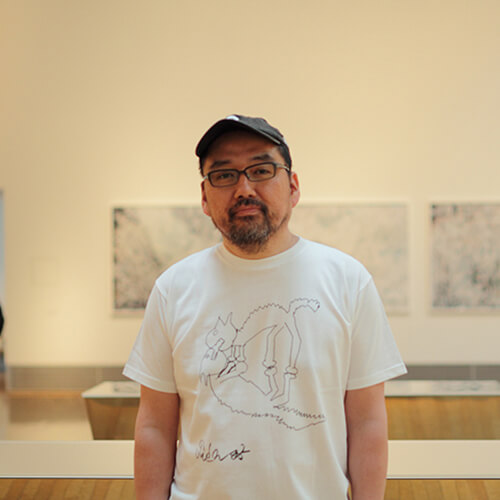
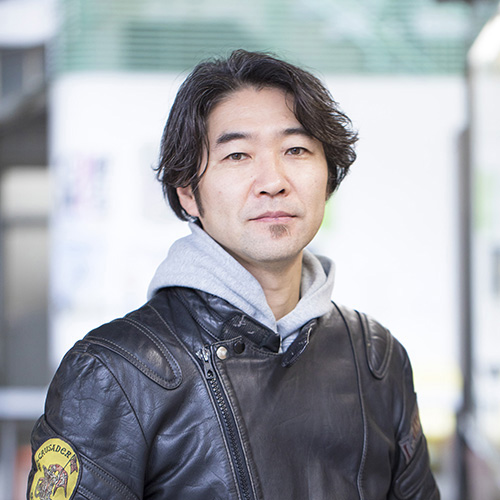
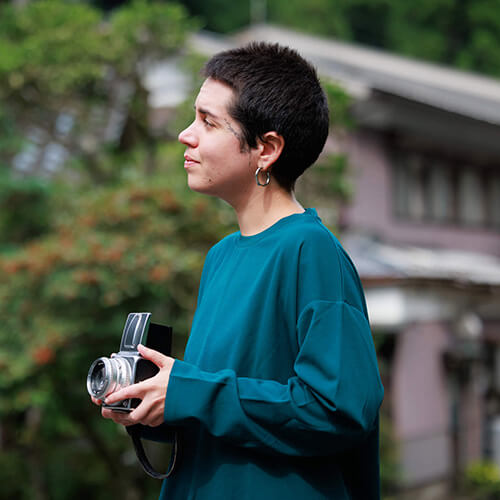
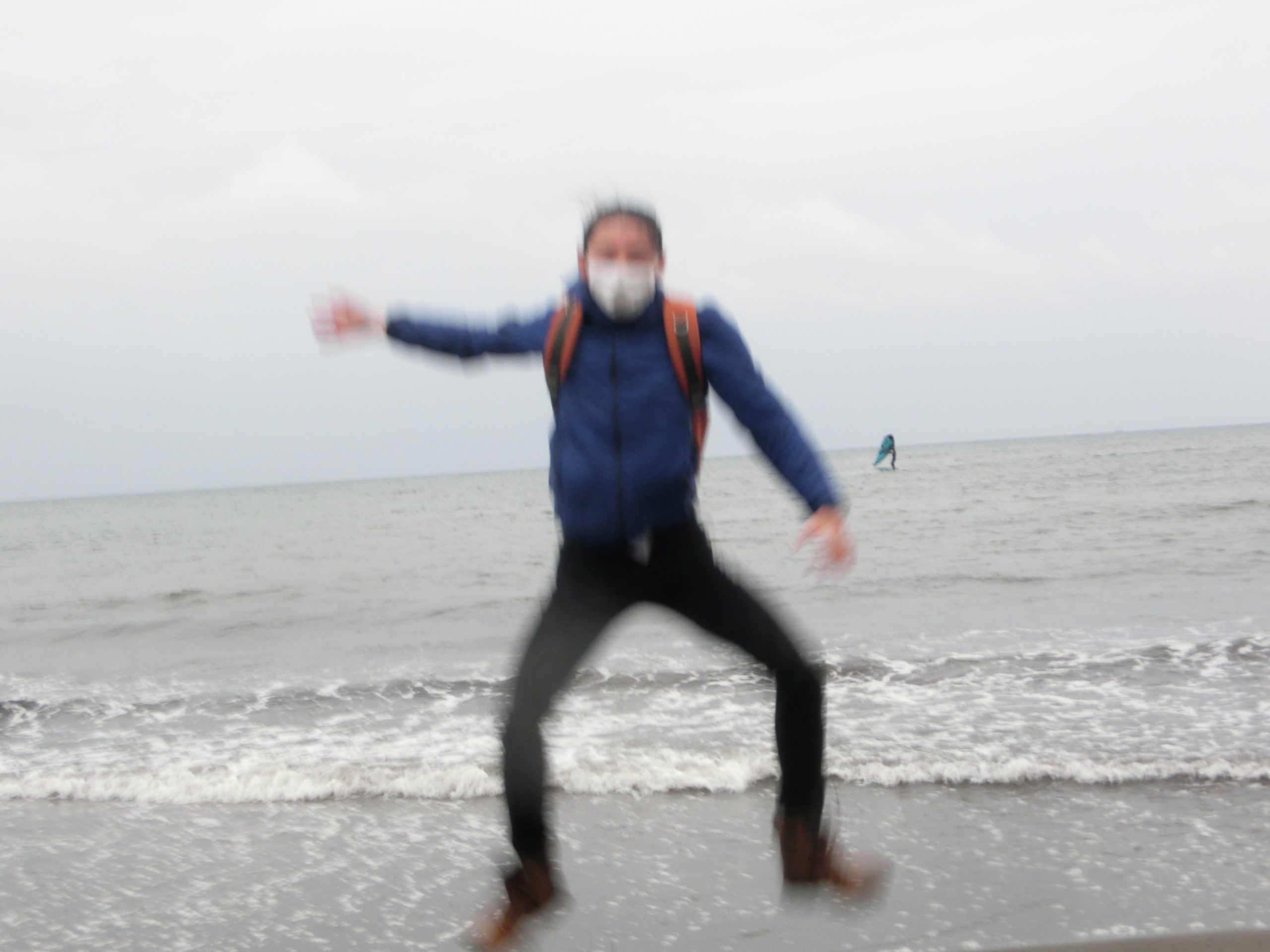
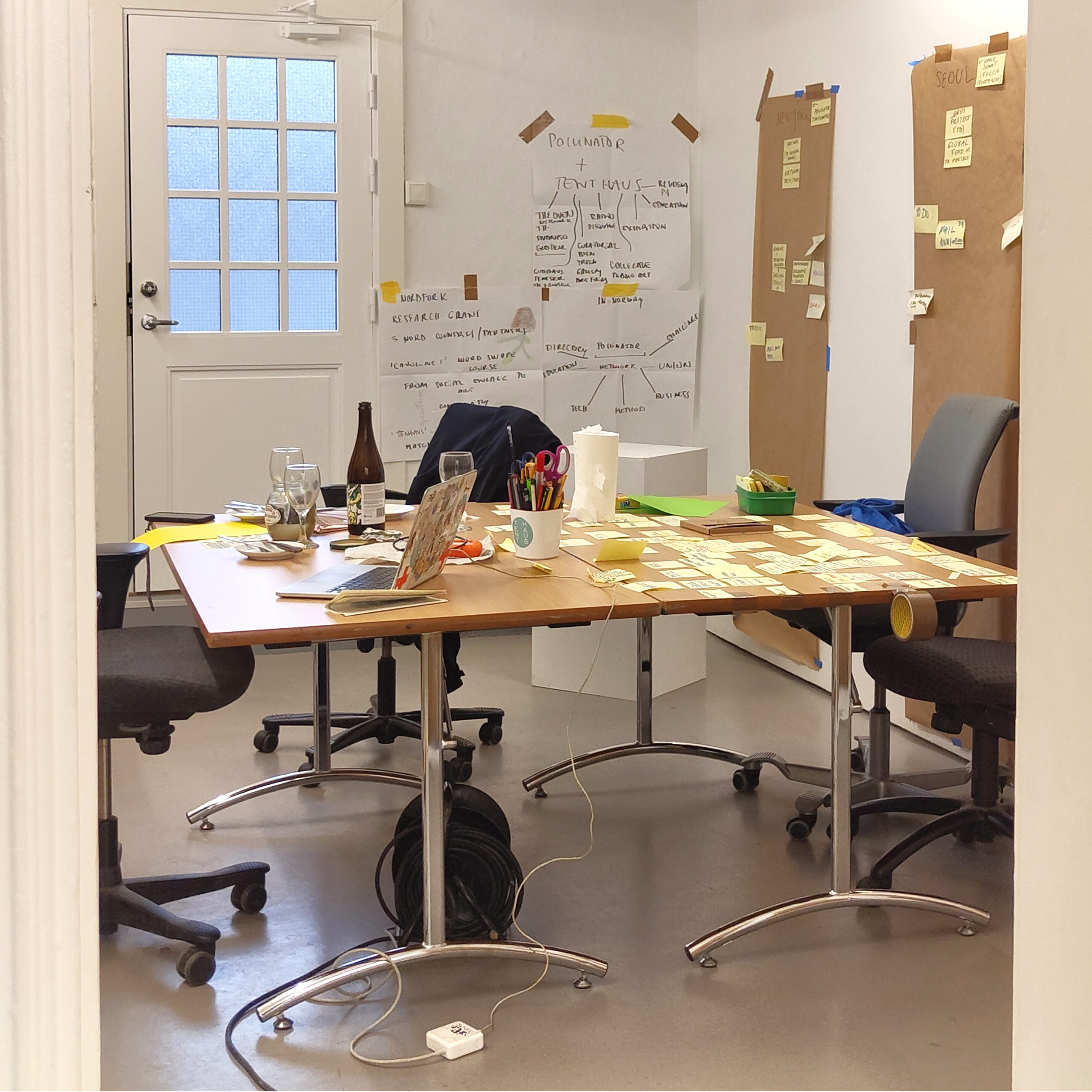
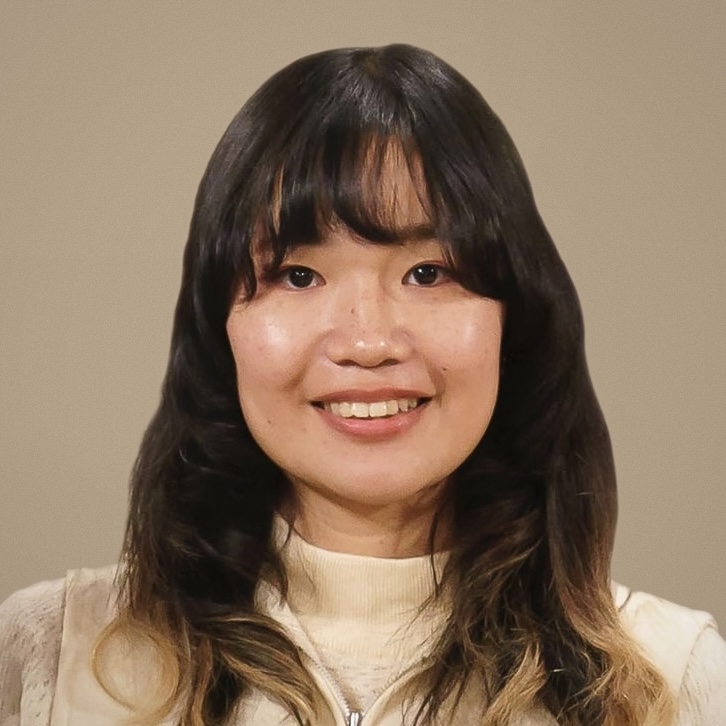
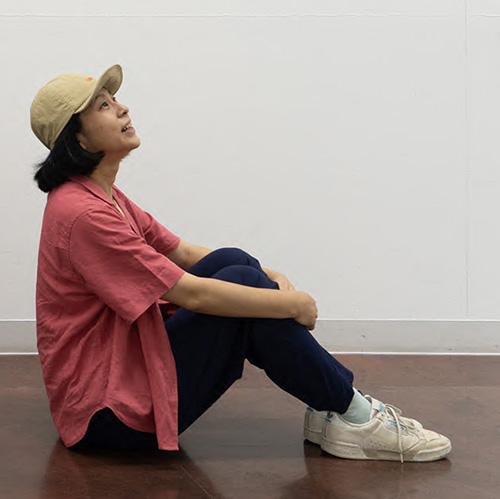
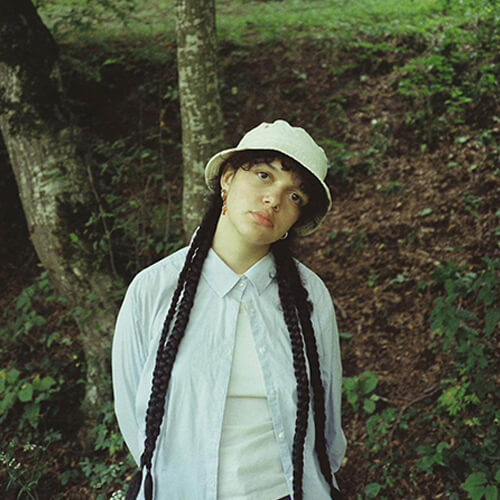
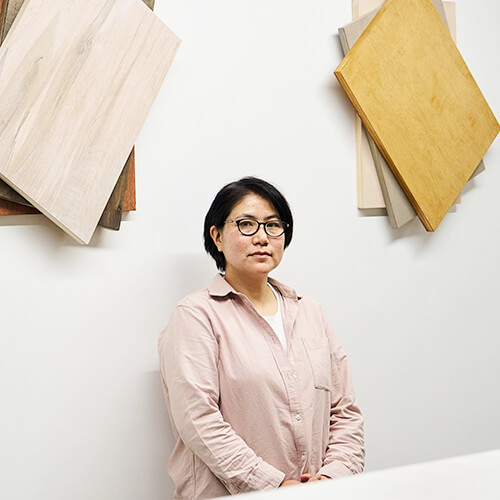
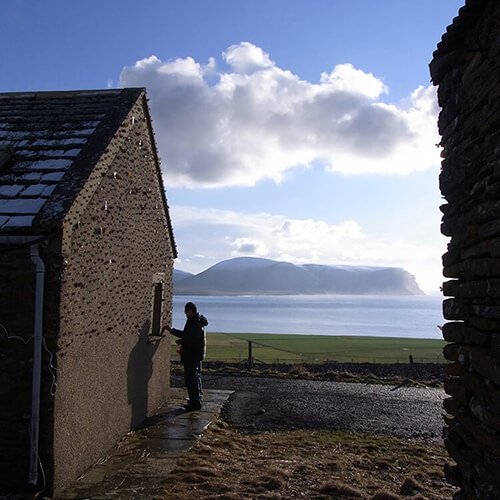
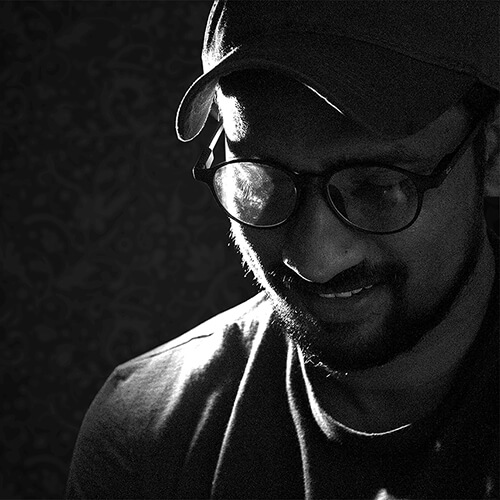
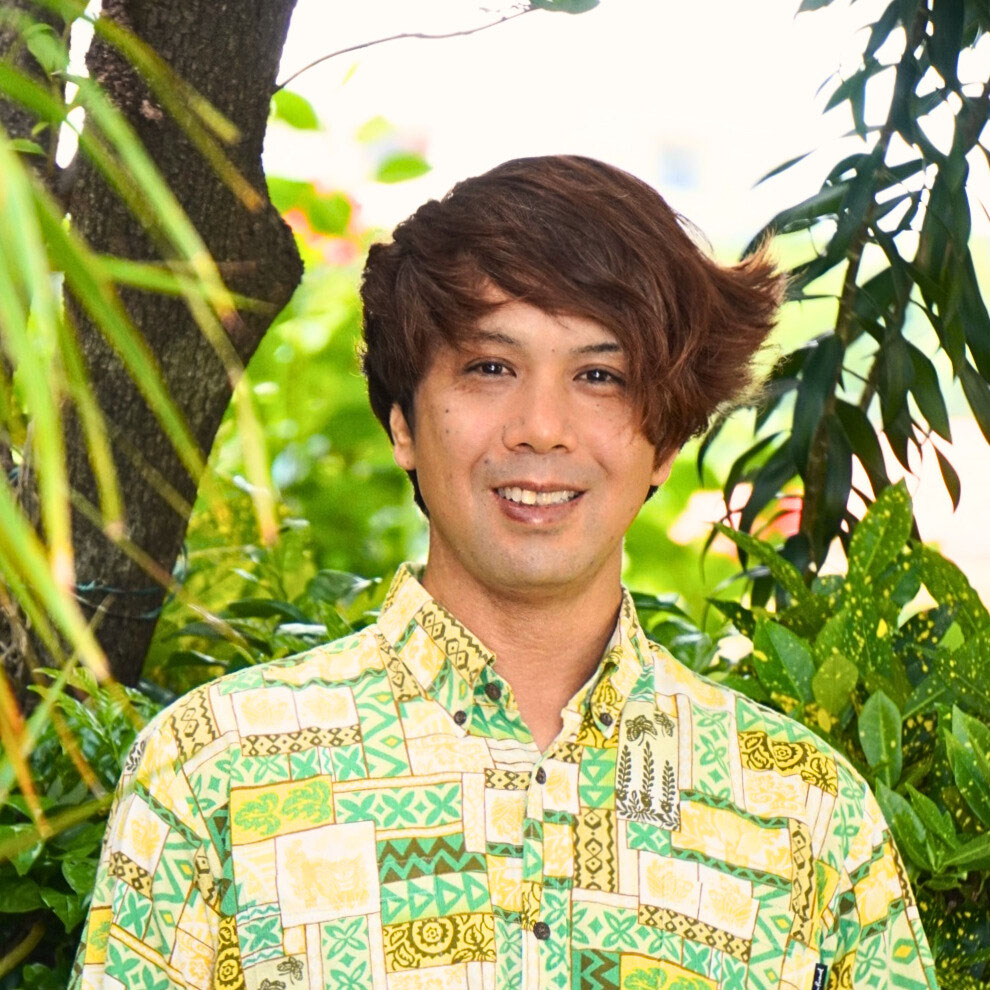
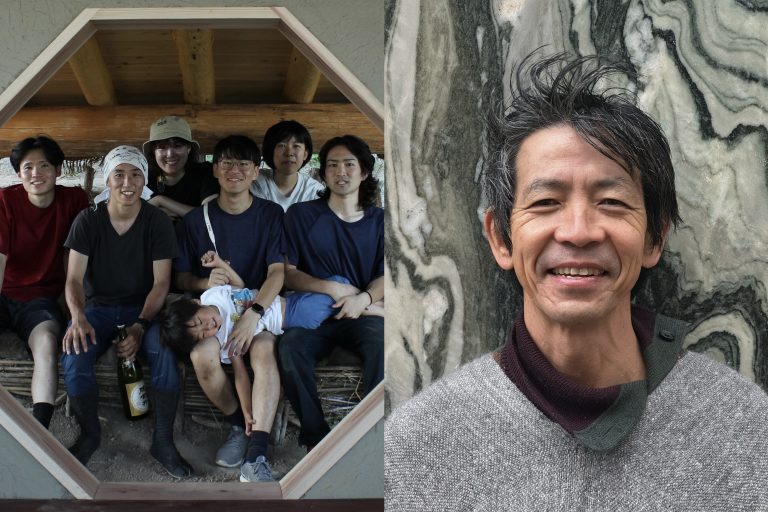
A collaborative project between Yoshiharu Tsukamoto; professor of architecture at Institute of Science Tokyo (formerly Tokyo Institute of Technology) and co-founder of Atelier Bow-Wow and 6lines studio; an architecture collective consisting of Ryo Oyama, Kaho Katayama, Sho Sasaki, Tsuyoshi Fuchino, Yukako Masui, and Riku Miyazaki, all from Tsukamoto Laboratory. The six joined the satoyama revitalization activities, which Tsukamoto has been working on since 2019 as one of the directors of the general incorporated association “Small Earth,” and they started working as 6lines studio with the construction of “Tiny House TEKITEKI-AN.”
Nihonbashi/Bakurocho Area
Back alley of Nihonbashi Muromachi and Nihonbashi Honcho
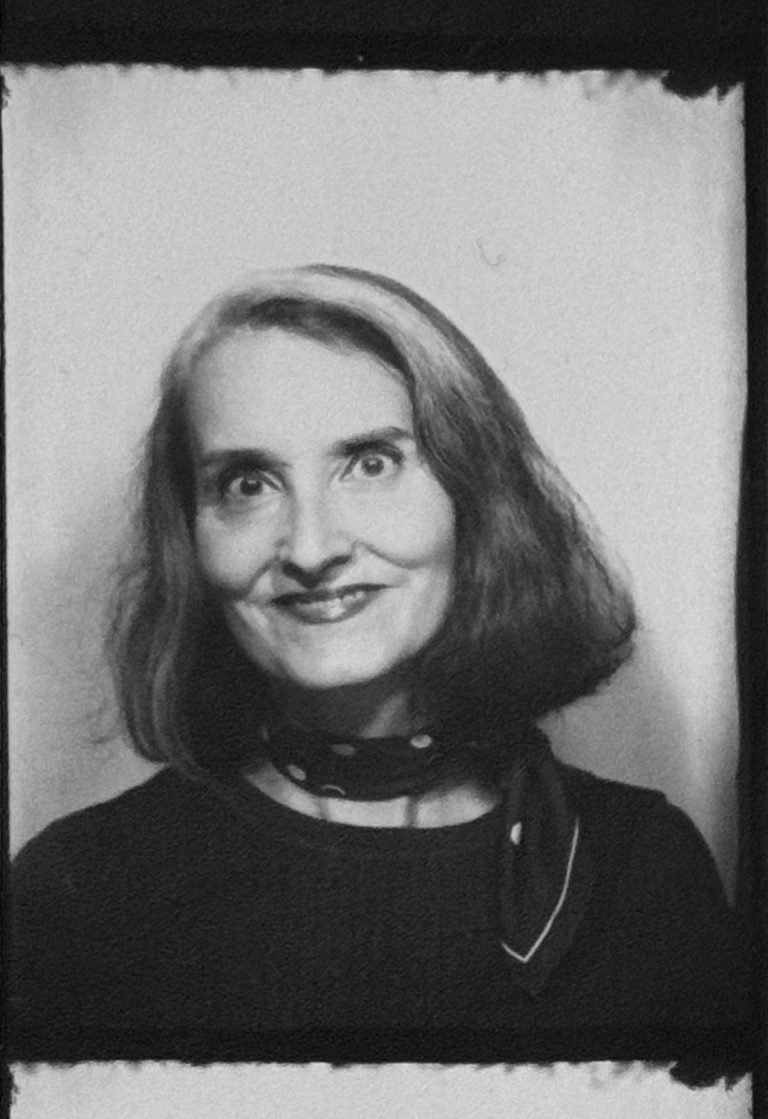
Elke Reinhuber is a media artist, educator and researcher, Associate Professor at the School of Creative Media (SCM), City University of Hong Kong. With her award winning and internationally presented works, she explores different modes of presentation and strategies of storytelling to emphasise the parallel existence of multiple truths of the here-and-now.
Her Alter Ego, the Urban Beautician, tries to improve neglected details in our urban environment with non-intrusive interventions in public space and performances to camera. She takes care of things no one else does. These overlooked details in urban space gain a new breath of life through performance, installations, video and photography.
Nihonbashi/Bakurocho Area
Etoile Kaito Living Bldg.
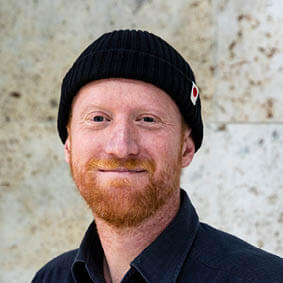
A landscape architect, artist, and placemaker based in Copenhagen, Denmark, and Malmö, Sweden. Co-founder of BY RUM SKOLE, a studio specializing in creating environments that prioritize the participation of children and young people, and founder of Byhumle, the world’s first urban hop farm.
Nihonbashi/Bakurocho Area
Etoile Kaito Living Bldg.
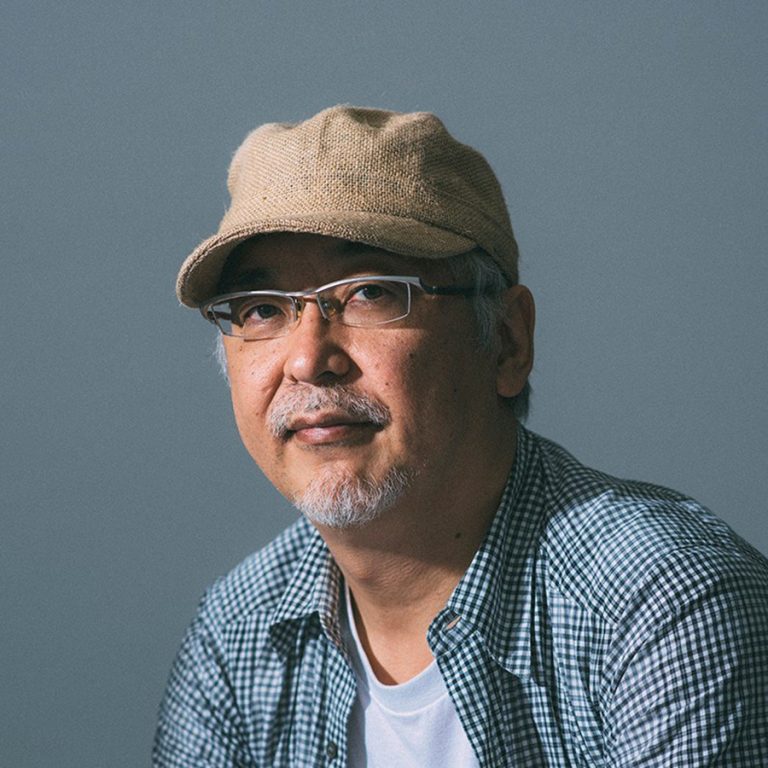
Photo by Masanori Ikeda (YUKAI)
Art Director, designer, painter. Born 1961 in Tokyo. After graduating from Hokkaido University of Education, Sato studied sociology of education and sociolinguistics at Shinshu University. He then completed painting courses by Mokuma Kikuhata at Bigakko. In 1998, he founded the company Asyl Design (current name: Asyl).Sato produced the local project Central East Tokyo during 2003–2010. In 2010, he was involved in the founding of the art center, 3331 Arts Chiyoda.
From his participation in the local art festival, Trans Arts Tokyo, he began to shift his focus on creating drawings. He has received numerous awards in Japan and overseas including his work becoming part of the San Francisco Museum of Modern Art’s Permanent Collection. Professor at Tama Art University.
Otemachi/Marunouchi/Yurakucho Area
① Gyoko-dori Underground Gallery
② Otemachi Park Bldg. 1st Floor Entrance
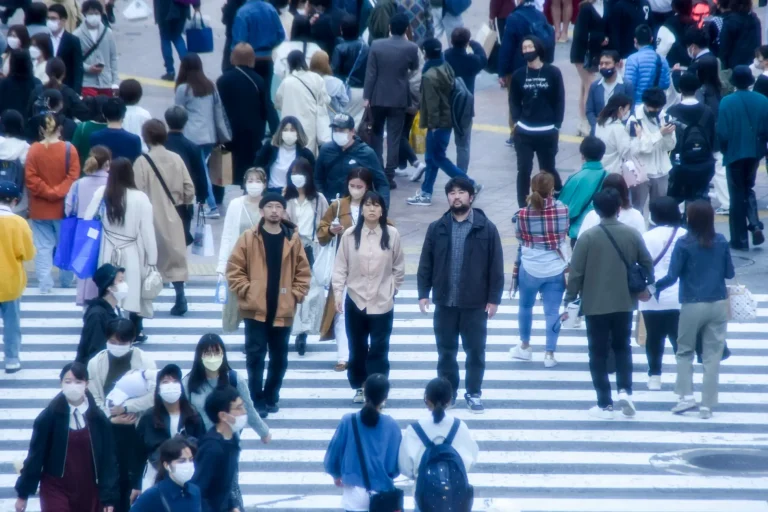
photo by Shin Hamada
Active since 2012, the collective consists of Sakie Takasu, Tohru Matsushita, and Taishi Nishihiro, with film director Kazunobu Harimoto joining as a visual collaborator. Centering their practice on the theme of “noise in the landscape,” they create and present works primarily in public and street settings. Their programs often involve collaborations with a wide range of artists engaged in street culture.
Nihonbashi/Bakurocho Area
Etoile Kaito Living Bldg.
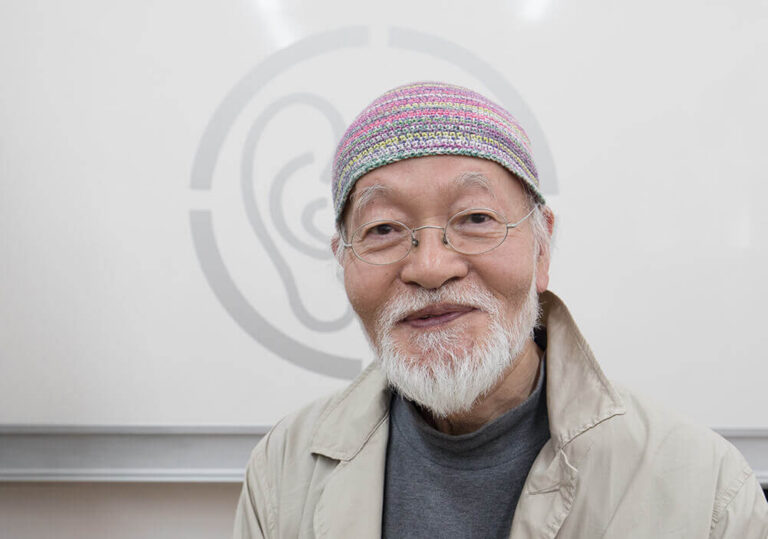
Courtesy of Beethoven Foundation for Art and Culture Bonn / Photo by Meike Boeschemeyer
Sound artist. Born in 1941. Since his infamous Throwing Objects Down a Staircase event at Nagoya Station in 1963 and the self study events which followed, where he explored the processes of “projection” and “following” in the natural world, Suzuki has pursued listening as a practice. In the 1970s he created and began performing on a number of original instruments, including the echo instrument Analapos. In 1988 he performed his piece Space in the Sun, which involved purifying his ears for twenty four hours in nature on the meridian line that runs through Amino, Kyoto. In 1996, he began his “oto da te” project where he seeks out echo points in the urban environment. Has performed and exhibited at many venues and music festivals around the world, including Documenta8 (Germany,1987), the British Museum (2002), Musée Zadkine (France, 2004), Kunstmuseum Bonn (Germany, 2018), Museum of Contemporary Art Tokyo(Tokyo, 2019), etc.
Ueno/Okachimachi Area
Kanda/Akihabara Area
Nihonbashi/Bakurocho Area
Yaesu/Kyobashi Area
①Toeizan Kan'ei-ji Temple Kompon Chu-do
⑫⑬ Benten-do Temple
⑩⑪ Around Matsuzakaya Ueno
⑧⑨ Around Suehirocho Station
⑤⑥ Around Etoile Kaito Living Bldg.
①②③④ Around the Kyobashi Saiku
(Artizon Museum/TODA BUILDING)
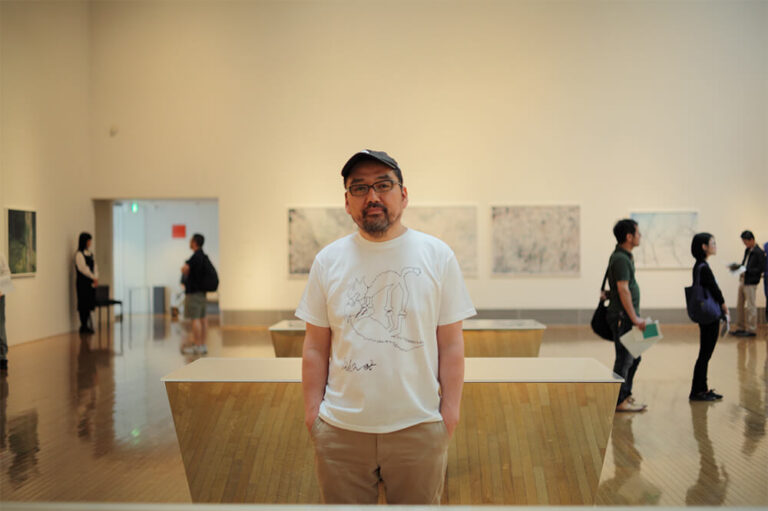
Born 1963 in Shingu, Wakayama, Japan. In 1998, he published KUMANO, his first photo book, composed of sequences on the subject of visualizing points of view moving from here to there, shifting settings, and temporal change. In 2000, he won the 25th Ihei Kimura Photography Award for his photo book PILES OF TIME. Consistently making an analytic focus on the act of seeing as the basis of his work, he continues to photograph on themes that include Kumano, Mont Sainte-Victoire, Paul Cezanne’s studio, cherry trees, snow.
Major exhibitions include Photography and Painting—From Cézanne: Shibata Toshio and Suzuki Risaku (Artizon Museum, Tokyo, 2022), Stream of Consciousness (Marugame Genichiro-Inokuma Museum of Contemporary Art, Kagawa; Tokyo Opera City Art Gallery; Tanabe City Museum of Art, Wakayama, 2015-2016), Water Mirror (Kumano Kodo Nakahechi Museum of Art, Wakayama, 2016), and Kumano, Yuki, Sakura (Tokyo Metropolitan Museum of Photography, 2007).
Nihonbashi/Bakurocho Area
Etoile Kaito Living Bldg.
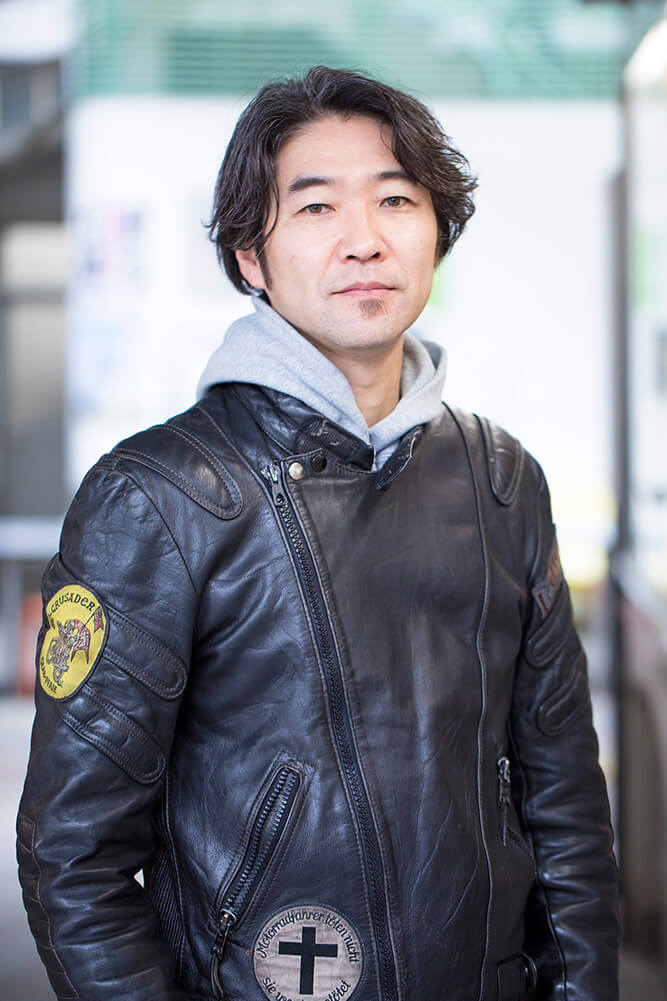
He creates works that explore the relationship between society and the individual from perspectives of the mass and the miniature. As an early member of commandN, which planned projects such as Akihabara TV, he was involved in planning, management, and design until 2008. At the Tokyo Biennale 2020/2021, in the SOCIAL DIVE project, his work Sweet Democracy featured a model of the National Diet Building made of sugar cubes, which was exhibited alongside a workshop titled “1/2 Right to Vote,” where ants were allowed to eat the structure. Notable group exhibitions include Early 90’s Tokyo Art Squad (3331 Arts Chiyoda, 2020) and Neo Tokyo (Museum of Contemporary Art Sydney, 2001).
Nihonbashi/Bakurocho Area

Camila Svenson is a Brazilian queer interdisciplinary artist and photographer based in São Paulo. Her research focuses on the relationship between people, memories, and places, and how these elements transform over time. Her work often involves participatory methods that include others in the creative process, exploring how encounters happen and how they are changed when mediated by a camera. In her practice, Camila collects objects, stories, events, ghosts, and images, and she is interested in living with these collections to observe how they evolve and intermingle over the years.
Nihonbashi/Bakurocho Area
Etoile Kaito Living Bldg.
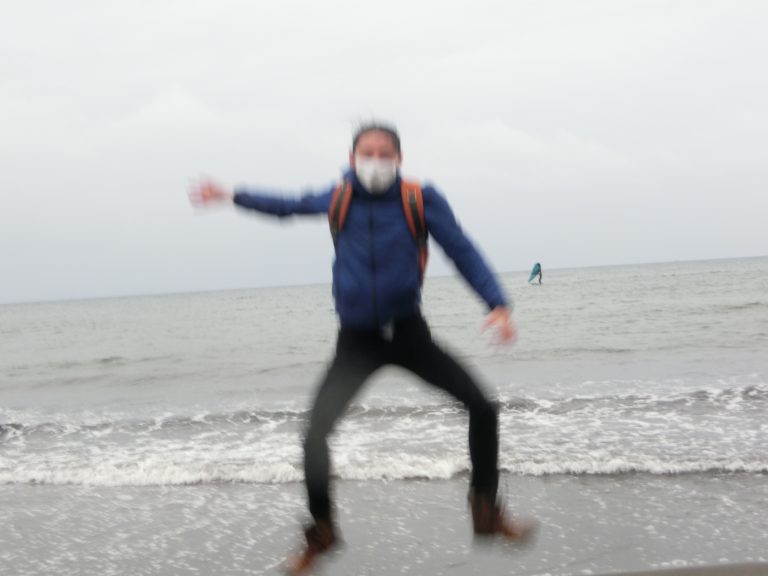
Born in 2000.Graduated from Tokyo University of the Arts, Faculty of Fine Arts, Department of Painting in 2025.
Nihonbashi/Bakurocho Area
Etoile Kaito Living Bldg.
Online (website)
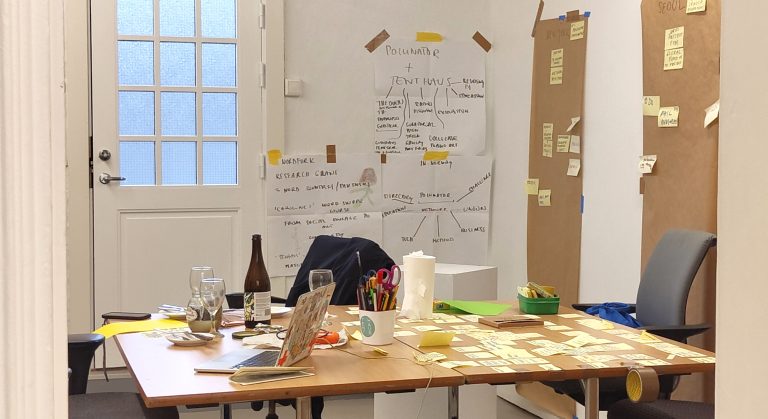
Tenthaus Art Collective is an Oslo-based artist collective that has been working together in various constellations since 2009. Their art practice emphasizes process, focusing on community engagement, collectivity, and inclusivity.
Presentated by Tenthaus, the OVEN Network is a transnational network for artistic exchange. Rooted in collaboration the Oven brings together collectives across Southeast Asia and the Nordics to foster shared learning co-thinking and long-term engagement. We view art and design not as outcomes but as tools for observation friction and transformation.
It takes shape through art projects exhibitions research residencies workshops publications gatherings and moments of exchange adapting to the context around it. We welcome those with a shared curiosity to think collectively hold space for difference and explore new ways of moving forward.
Members:
Ida Uvaas
A movement artist exploring mobility across body, mind, and society. Through interdisciplinary, participatory works, she challenges structures and invites collective experiences across performance, visual art, and site-specific practices. @idauvaas
Shahrzad Malekian
An interdisciplinary artist working across performance, video, and sculpture, they use play to explore power, resistance, and care within public spaces and institutions. Recent exhibitions include SACO Biennial (2025) and Singapore Art Museum (2024). @shahrzad.malekian
Studio150
A Bangkok-based studio founded by Pat Laddaphan and Piyakorn Chaiverapundech, working across art, design, and publishing. Combining graphic design and curatorial approaches, they create socially engaged projects. The studio also co-found Bangkok Art Book Fair. www.studio150.info
Mechu Rapela
Curating porous structures for dialogue that bridge communities through art, care, and emergent forms of shared knowledge.
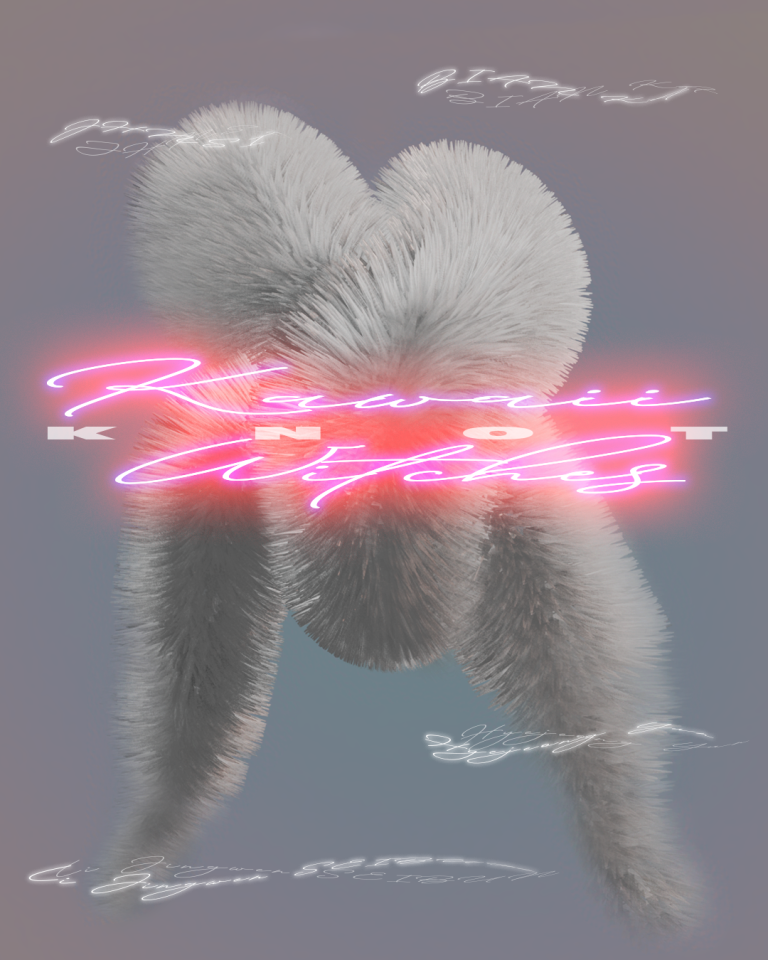
RRR OFFICE Sub-rent Program #5: Group Exhibition "Knot | Kawaii Witches"
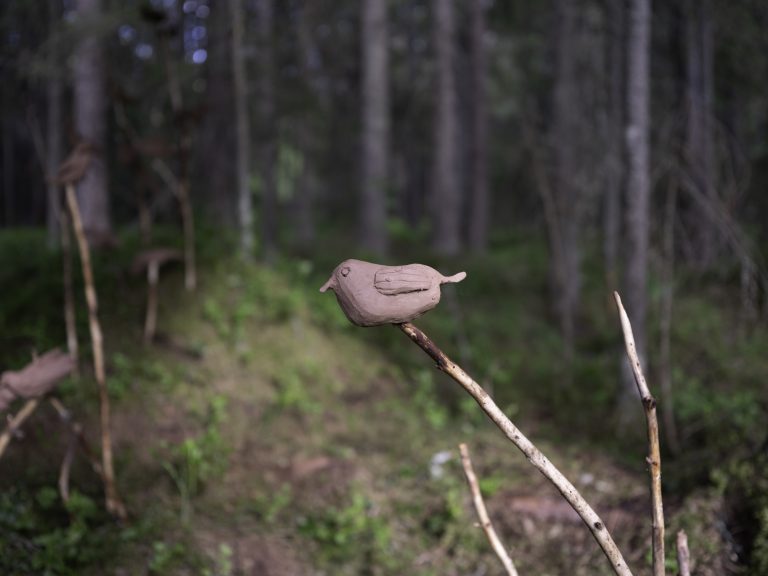
Ebba Moi and Anna Carin Hedberg | Eurasian Bird: Create Migratory Birds
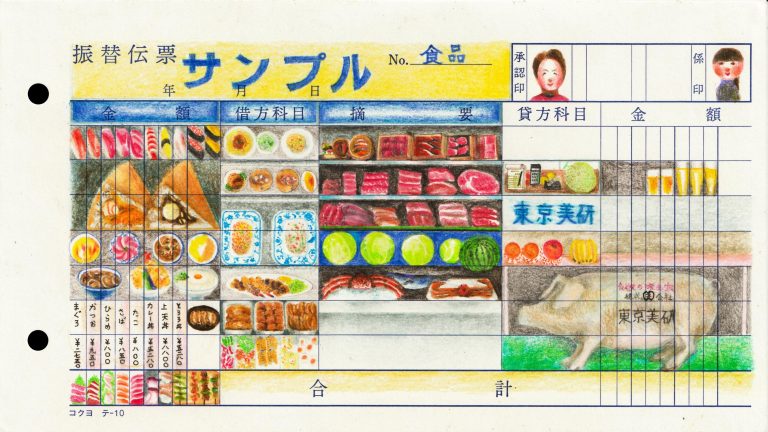
RRR OFFICE Sub-rent Program #4: Lily Onga
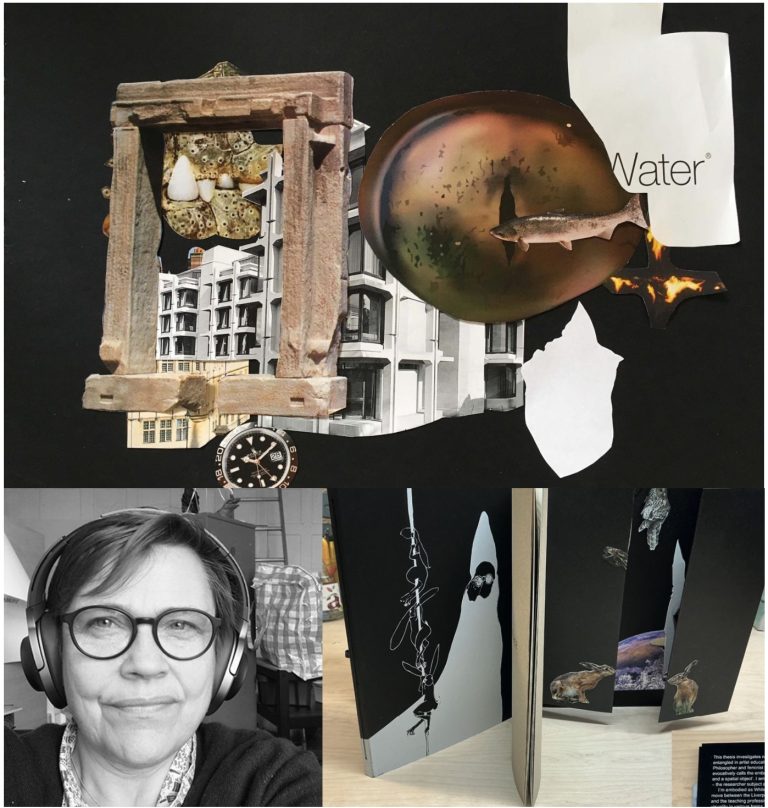
RRR OFFICE Sub-rent Program #3: Helen Eriksen – Forming Dialogue: Collaging and Assembling Identities Workshop
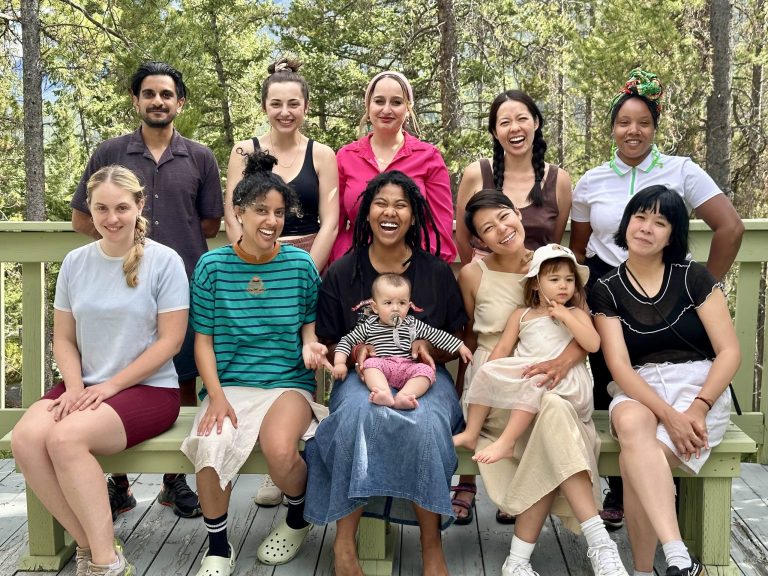
RRR OFFICE Sub-rent Program #2: Collective Collective
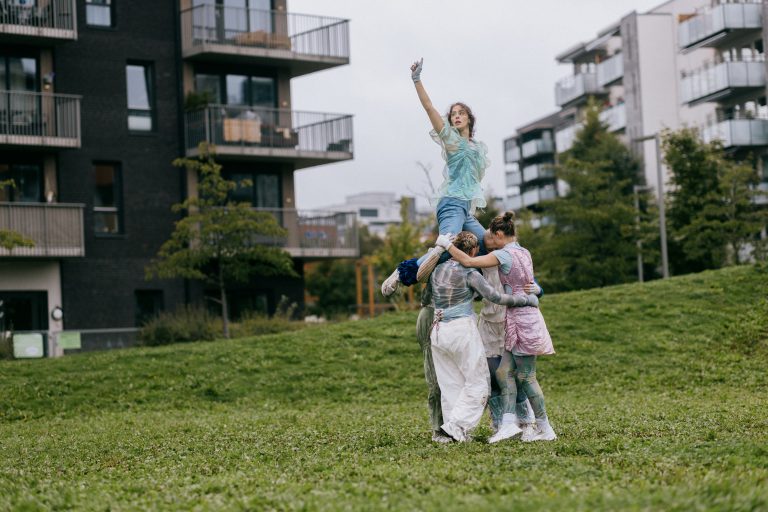
Shahrzad Malekian and Ida Uvaas | Performance "STIM – Kizuna"
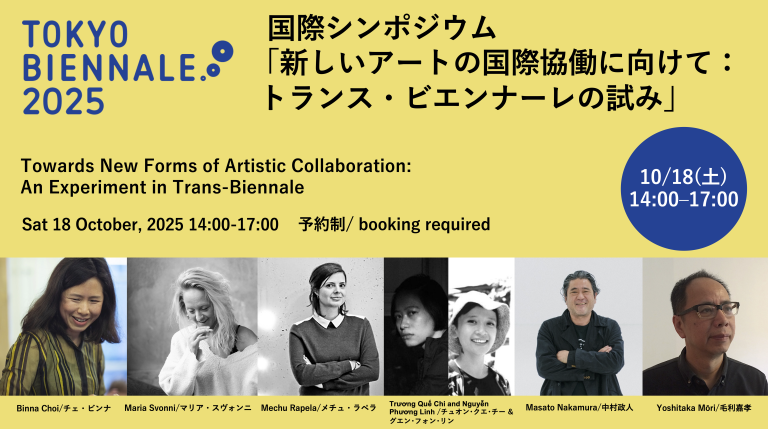
Towards New Forms of Artistic Collaboration: An Experiment in Trans-Biennale
Kanda/Akihabara Area
Ebihara Shoten
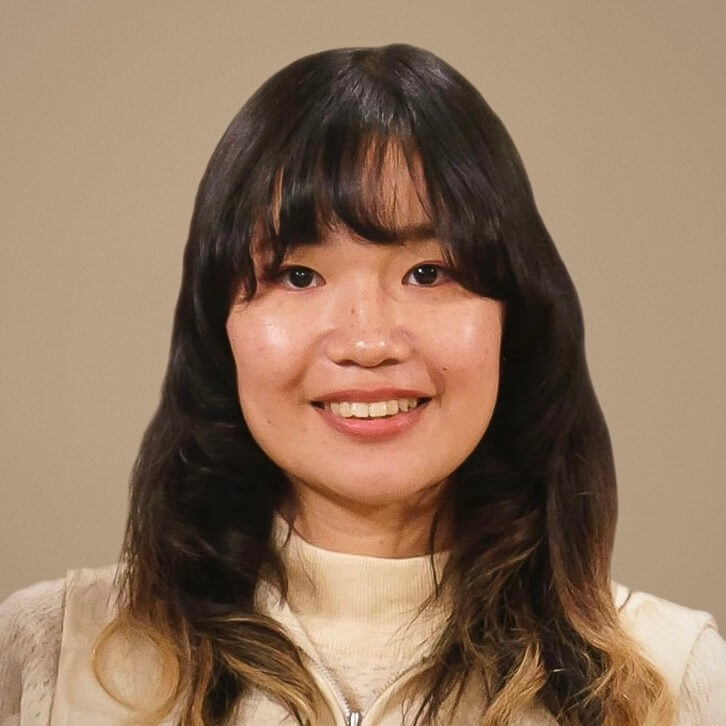
Using metal, Terauchi create works in which inner images and memories are deformed and intertwined with cities, natural objects, and personal belongings through the technique of metal casting. Major solo exhibitions include The Rendezvous with the Sensation (GINZA SIX, Ginza Tsutaya Books, Tokyo, 2024), Nendo no Heya (CREATIVE HUB UENO “es,” Tokyo, 2024), and JUMBLE DIVE (Bohemian’s Guild CAGE, Tokyo, 2023). Group exhibitions include the 71st Graduation Works Exhibition of Tokyo University of the Arts (The University Art Museum, Tokyo University of the Arts, 2023; Purchase Selection).
Nihonbashi/Bakurocho Area
Back alley of Nihonbashi Muromachi and Nihonbashi Honcho
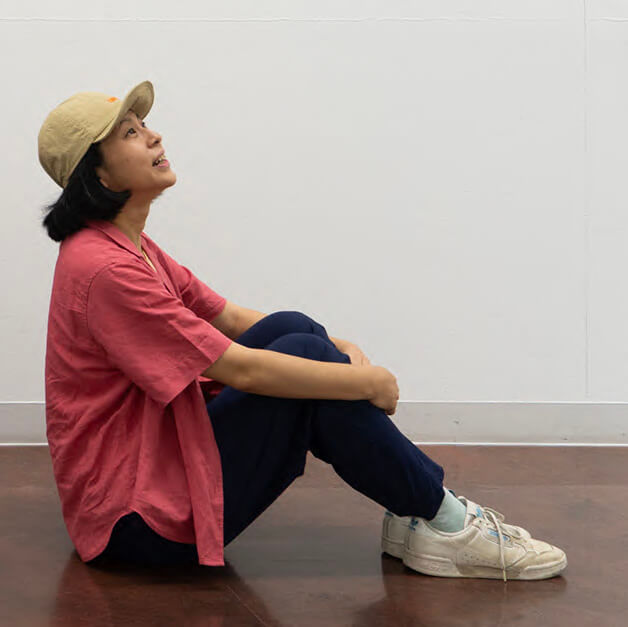
Born 1981 in Tokyo, Japan, Shoko Toda completed her master’s degree at Tokyo National University of Fine Arts and Music in 2006. She creates works based on the relationship between the body and landscape, using a method that combines video, sculpture, and drawing. Recently, she has been thinking about the flexible and interchangeable nature of existence that stretches and shrinks, appears and disappears. Solo exhibitions include Flowers, Horses, Conversation (Art Center Ongoing, Tokyo, 2024); exhibitions include Setouchi International Art Festival (Awashima, Kagawa, 2013 and 2016).
Nihonbashi/Bakurocho Area
Back alley of Nihonbashi Muromachi and Nihonbashi Honcho
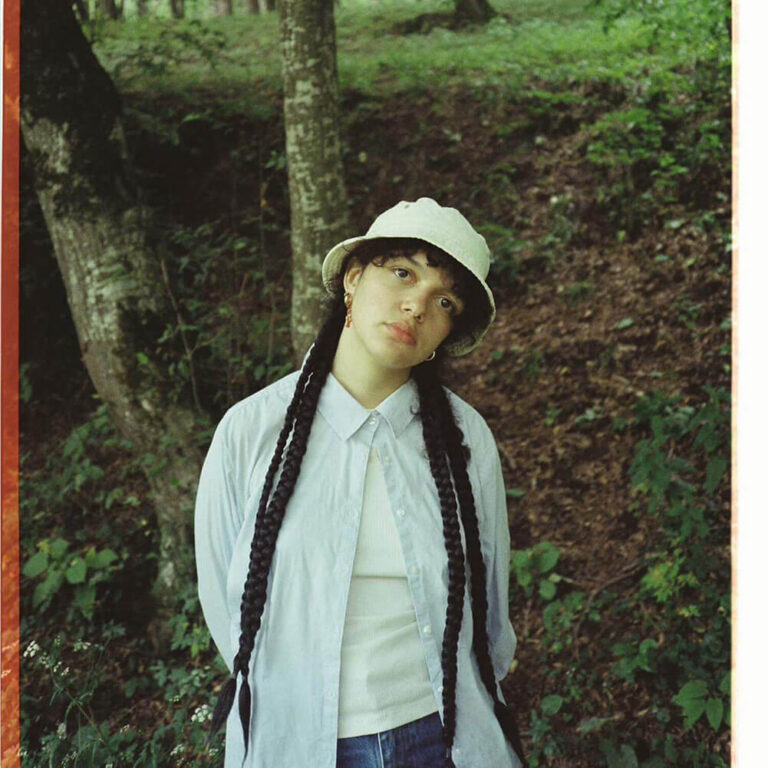
Mariam Tovmasian is an Armenian visual artist and illustrator based in London. Her work explores the interplay of images and words through comics and publications, often juxtaposing existential questions with everyday experiences. Moving between countries has shaped her concern with permanence in fast-moving urban life, and her practice seeks ways to leave traces, stimulate reflection, and connect through shared experiences.
Nihonbashi/Bakurocho Area
Etoile Kaito Living Bldg.
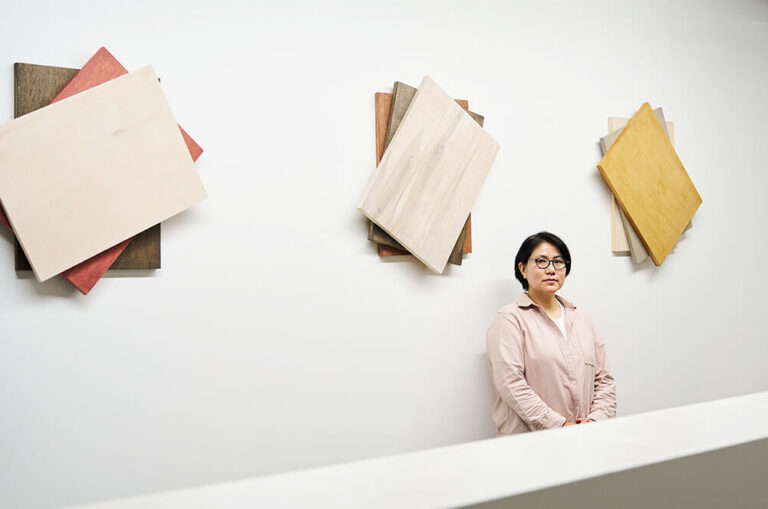
Born 1967 in Saitama, Japan, Toyoshima received her MFA from Tokyo University of the Arts in 1993. By taking a critical look at institutions and systems found in everyday life and in our society, Toyoshima focuses on creating works that shed light on the patterns found in human thought. Her recent solo exhibitions include Yasuko Toyoshima: Origination Method (Museum of Contemporary Art Tokyo, 2023), The Capital Room: Beyond Three Dimensional Logical Pictures vol.1 Yasuko TOYOSHIMA (2015, gallery αM). Her works have been presented at many group exhibitions, including Image Narratives: Literature in Japanese Contemporary Art (The National Art Center, Tokyo, 2019).
Nihonbashi/Bakurocho Area
Etoile Kaito Living Bldg.
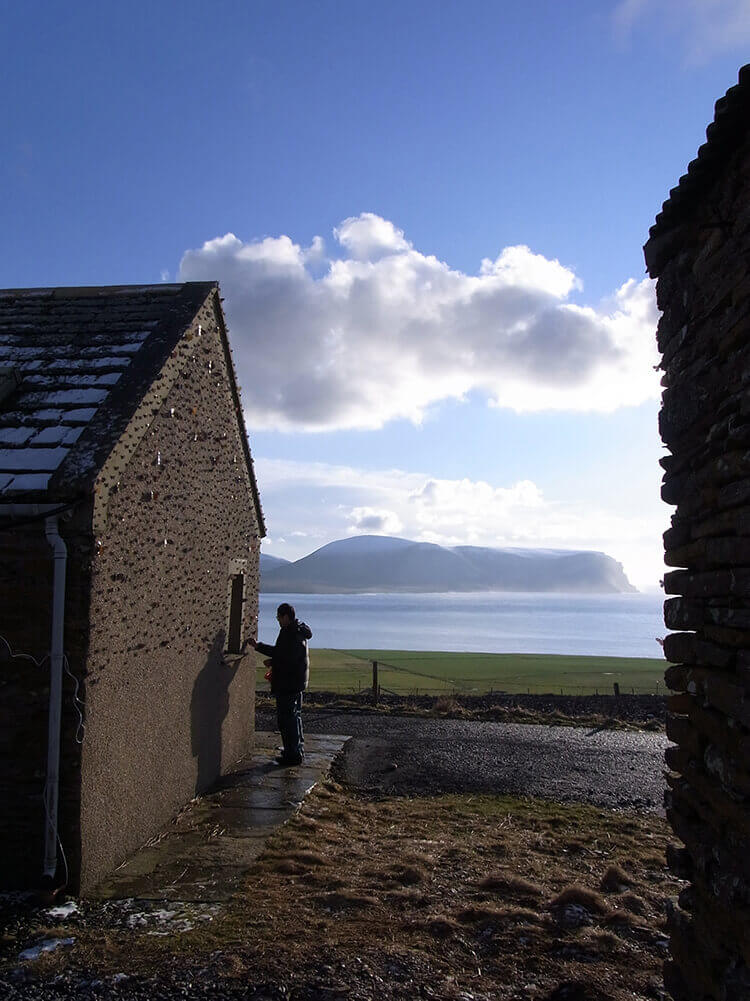
E.W_Artist in Residence_Orkney, Scotland 2010
1961 Born in Aichi, Japan. Lives and works in Nagoya, Aichi, Japan. 1985 Graduated from Sculpture Course, Aichi Prefectural University of Fine Arts and Music. 2004–2005 Studied at Edinburgh College of Art, Edinburgh (grant from Japanese Agency for Cultural Affairs). Group Exhibitions: Art Zuid 2017 (Art Chapel, Amsterdam, The Netherlands), 2013 NISSAN ART AWARD 2013 (BankART Studio NYK, Yokohama), 2010 Aichi Triennale 2010 (Nagoya); 2007 All about Laughter: humor in contemporary art, Mori Art Museum, Tokyo; 2001 Encounter (Tokyo Opera City Art Gallery).
Nihonbashi/Bakurocho Area
Etoile Kaito Living Bldg.
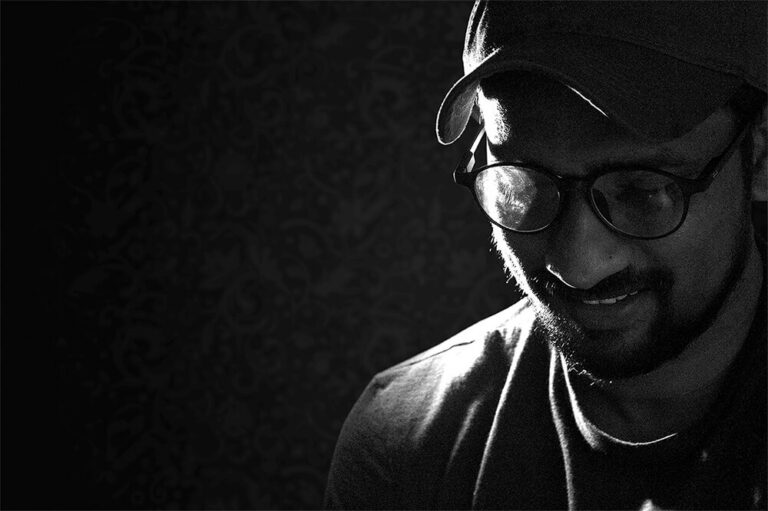
Photo by Anuruddhika Padukkage
Nalaka Wijewardhane is a Sri Lankan filmmaker, visual artist, and academic whose work explores postcolonial memory, representation, and the sensory power of moving images. A lecturer at the University of Colombo and a doctoral researcher, his focus on colonial-era ethnographic films informs his practice. Nalaka’s poetic, experimental works combine archival footage, soundscapes, and non-linear narratives to challenge inherited gazes and evoke unseen histories. Rooted in South Asian and Buddhist contexts, his films and installations investigate how cultural identities are constructed and mediated, offering new ways of seeing, remembering, and imagining the past.
Nihonbashi/Bakurocho Area
Etoile Kaito Living Bldg.
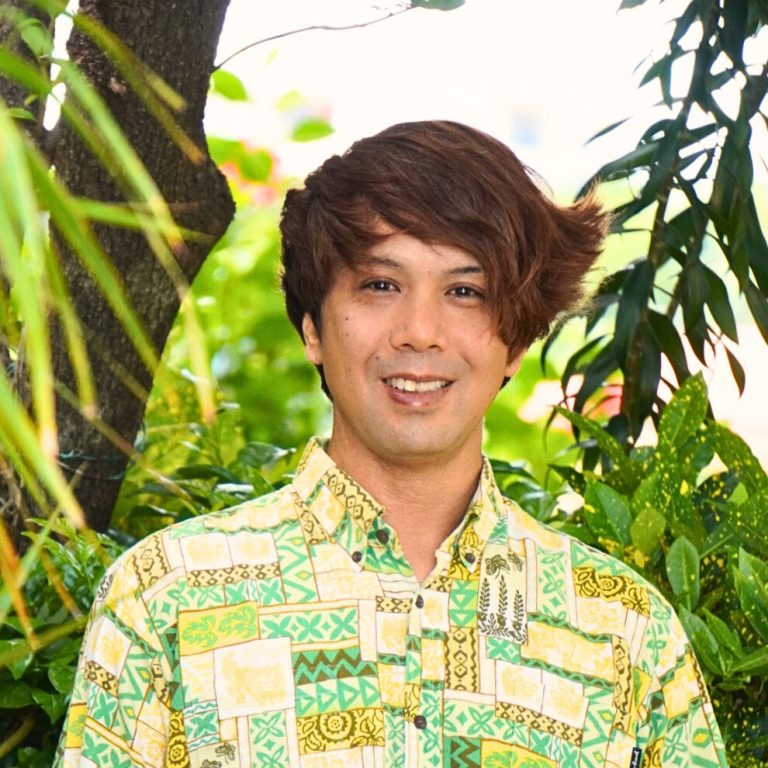
Born in Okinawa in 1979, Shun Yonaha earned a teaching license after graduating from the Faculty of Science at Ibaraki University in 2003. During his studies, he developed a deep passion for folkloric music and spent a year in Bolivia immersing himself in traditional South American music. Upon returning to Japan, he experienced a period of psychological difficulty, during which he spent 10 years compiling his thoughts into what he calls his “Brain Notes.” In 2013, he began creating art in earnest, developing an improvisational style that fuses text and imagery. To date, he has produced over 10,000 works. In 2021, one of his pieces was acquired by the Centre Pompidou (the national museum for modern art of France).
Yaesu/Kyobashi Area
Tokyo Station Yaesu North Exit in front of Daimaru Tokyo